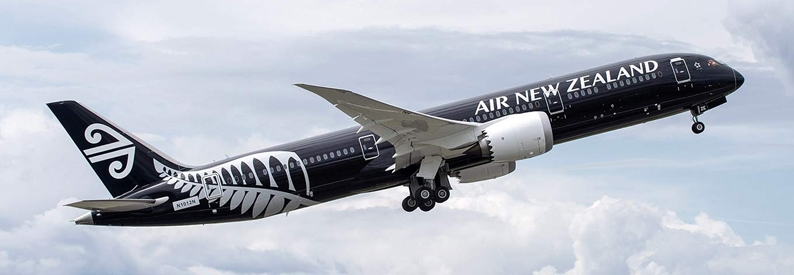Air New Zealand adjusts climate targets, expands green innovation

Air New Zealand continues to lead in sustainability despite adjusting its climate goals. The carrier withdrew from the Science Based Targets initiative (SBTi) in 2024, reassessing its 2030 targets due to limited availability of sustainable aviation fuel (SAF). However, it remains committed to IATA and ICAO’s 2050 net zero goals. The airline now aims to cut net emissions by 20-25% by 2030 compared to 2019 levels.
Chief Sustainability and Corporate Affairs Officer Kiri Hannifin emphasized the airline’s unique position as New Zealand’s flag carrier, where aviation plays a crucial role in connecting the geographically dispersed nation. With no local SAF production, Air New Zealand sources fuel from Singapore and California, while exploring local SAF production through a partnership with LanzaJet using forestry waste.
A key innovation is Air New Zealand’s “Mission Next Gen Aircraft” program, testing electric and hybrid-electric aircraft for regional routes. After evaluating over 20 proposals, BETA Technologies’ CX300 ALIA aircraft was selected for technical demonstrations starting in September 2025. While initial cargo flights with New Zealand Post are delayed to 2027-2028, passenger operations could follow if certification progresses.
Hannifin also highlighted the airline’s broader sustainability efforts, including biodiversity protection, invasive species control, and circular economy initiatives. Air New Zealand recently recycled parts from its first retrofitted Boeing 787, turning them into furniture and other products, underscoring its holistic approach to reducing environmental impact.
Related News: https://airguide.info/category/air-travel-business/airline-finance/
